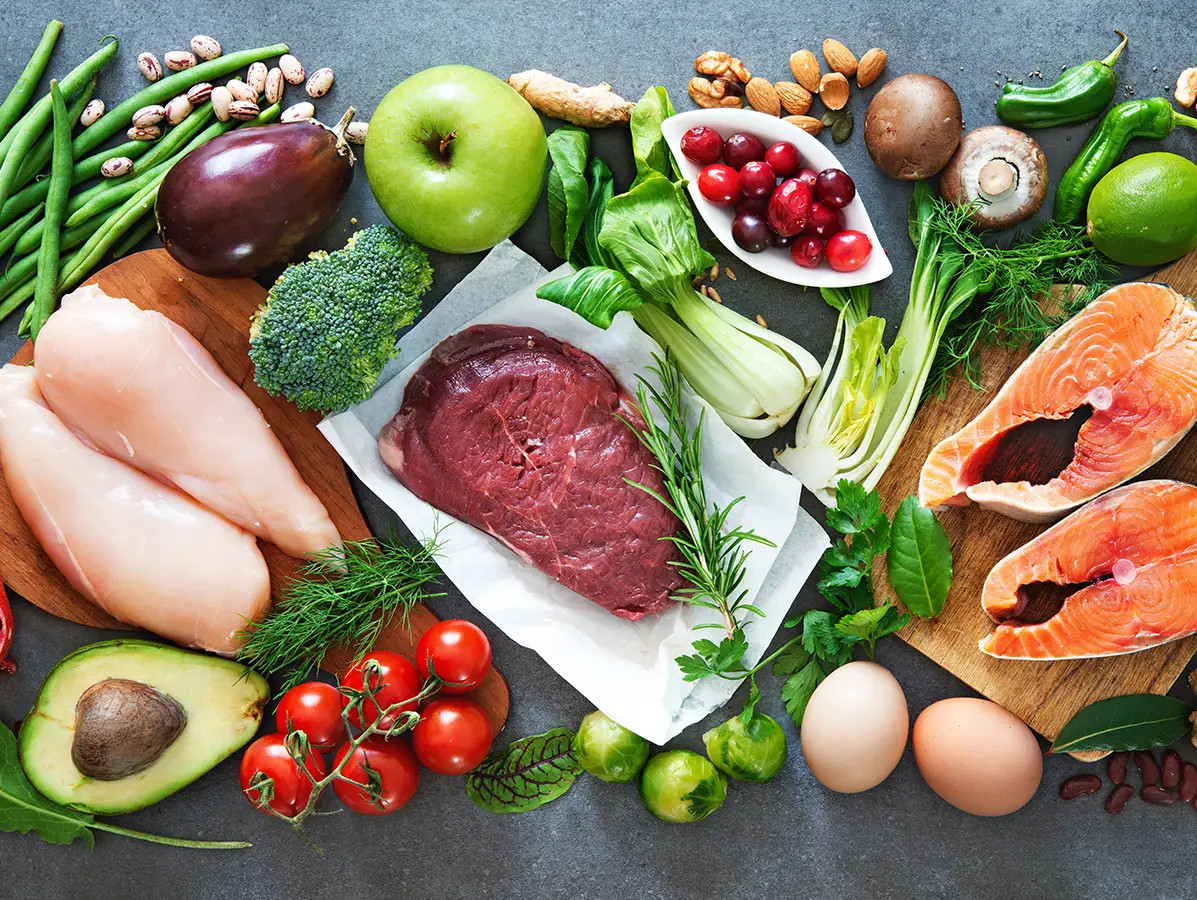
One kilo of meat produces more CO₂ than a kilo of beans — that much is clear. But how meaningful is such a comparison if it ignores the nutrients that food provides? A new calculation method shifts the perspective. Researchers introduce an approach that adjusts the environmental impact of food for its nutritional value — and that turns out to reveal some important insights.
At the heart of the study lies the Qualifying Index (QI), a number that reflects how many essential nutrients a product delivers per unit of energy. By dividing CO₂ emissions per kilo by the QI, a so-called nutritional life cycle assessment (nLCA) is created. Products with a high QI — such as vegetables and fish — end up with a lower emission value per unit of nutritional value. Butter, cooked sausage, and white rice — all with QI scores below 1 — see their emissions rise after adjustment.
To sharpen the picture, the researchers applied additional weighting per food group. In grain products, fibre and carbohydrates were weighted more heavily, while in fats and oils, fatty acids played a more prominent role. These group-specific QIs lead to more meaningful comparisons. Wholemeal bread, for instance, scored better than white bread, and margarine came out ahead of butter.
The method was also applied to a full meal. A combination of green beans, potatoes, chicken fillet, yoghurt, and strawberries added up to 2.6 kg CO₂ eq without correction, but dropped to 0.9 kg CO₂ eq when group-specific QIs were used. This shows the method’s applicability to both meals and overall diets.
Source
van Eijsden, M., Peters, S., Larsen, O.F.A. et al. Combining nutritional value with environmental impact: a novel approach to nutritional life cycle assessment. Int J Life Cycle Assess (2025). https://doi.org/10.1007/s11367-025-02465-4. Licensed under CC BY-NC-ND 4.0.
Source: The International Journal of Life Cycle Assessment